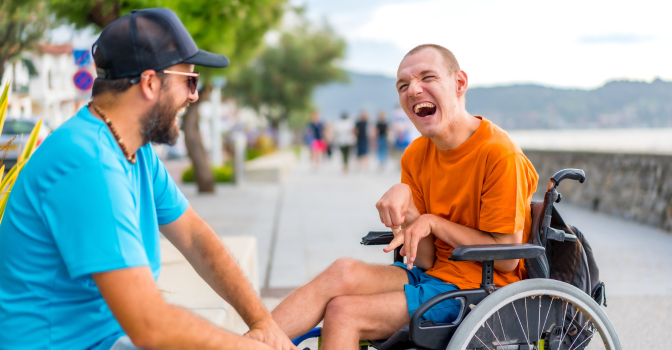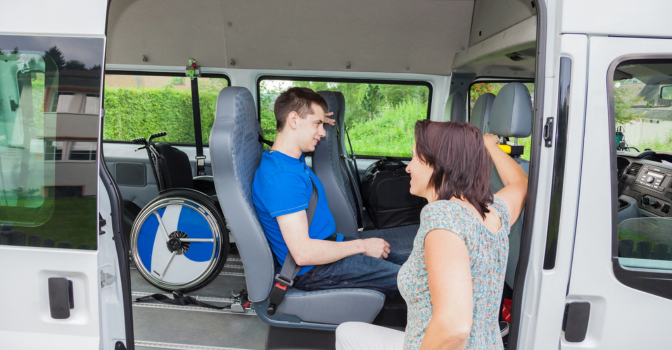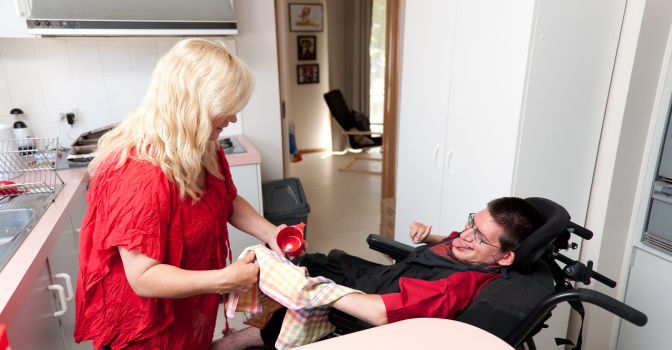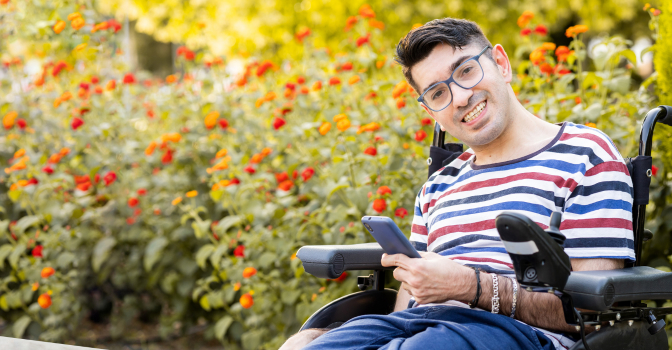Latest news.

15 April 2025
The importance of early childhood intervention: Why starting support early leads to better outcomes.
Early intervention helps children with developmental delay or disability get supports as soon as possible. It also empowers families to feel confident about their child’s future. By starting early, children can build important skills during the years when their brains grow fastest. Key terms: Early intervention: Getting a child with developmental delay access to supports

09 April 2025
If you have an NDIS Plan, chances are you have funds included in the Core supports budget. But how do Core supports work and what can those funds be used for?
Let’s take a closer look at NDIS Core funding, core supports and some examples to help...

25 March 2025
A provider can charge your NDIS plan for labour and non-labour transport costs associated with delivering approved NDIS services.

18 March 2025
Every adult with disability has the right to make decisions for themselves. In Australia, parents typically make decisions for their children until they turn 18. Once a person reaches adulthood, they have the right to make their own decisions....

11 March 2025
There’s new information from the NDIS about short-term accommodation and assistance (STA) and what it can be used for

04 March 2025
For people on the NDIS, finding the right home and support services is an important part of living independently. Supported Independent Living (SIL) and Specialist Disability Accommodation (SDA) are two different types of NDIS supports that can help ...

25 February 2025
When the NDIS published the new support lists of what it will and won't pay for, it also introduced a new term: replacement supports.
In some situations, the NDIS may agree to fund items that are not considered NDIS supports. These are called...

18 February 2025
Art has a wonderful way of connecting us with others, often without needing any words at all. Tim Sharp, the autistic artist behind Laser Beak Man, is a perfect example of how creativity can become a pathway to communication and self-expression....

10 February 2025
Goal-setting is an important part of the NDIS. Setting clear goals as part of your plan meetings means you’re more likely to get the funding you need for supports to help you achieve your goals.
We explore what goals are, why they’re important,...

